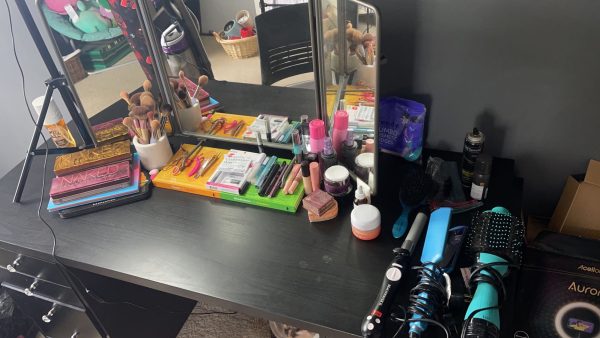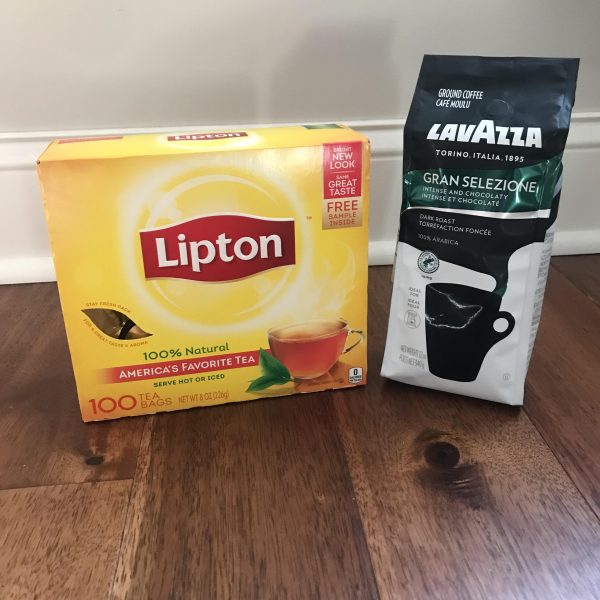Are Tampon Prices too High?
Tampons. Half of the world needs them, the other half doesn’t. Women from different levels in power all need basics to help them during that time of the month. All over the United States, depending on where you live, tampons  are subject to value-added tax, whereas other basic necessities have a tax exemption added to them. In Wisconsin, there is a tax exemption for treating erectile dysfunction and for birth control medications. The way the government gets around this is by classifying them as a “drug”, while feminine hygiene products are not necessary. Of course, some people believe that these items may not be necessary, but would you want to go through each month not being able to control the flow? Samantha Murredda commented on the luxury tax stating that, “It is not a luxury item at all, we didn’t choose to have periods.” The embarrassment that can be caused by an accidental leakage can make a child regret coming to school that day. Using tampons and pads are essential to avoiding these issues. The average woman will use around 12,000-16,000 disposable pads, pantyliners, and tampons in her lifetime. That is a lot of one use disposables that each woman produces through their lifetime. Although there are alternatives, such as divas cups, that can last for over a year; the clean-up from the mother nature is very inconvenient. Not to mention the cost that went into the purchasing of these products. The average woman spends $150-$300 a year on feminine hygiene disposables! That is almost the same cost as a car insurance payment for one month. Many people think that we should boycott tampon tax to be reconsidered as a necessity. When asked about this topic Vivian Labs stated, “It would be a mess to boycott them, but may be effective. An ideal situation would be to boycott [the luxury tax] but also still be able to maintain our hygiene.” The idea to boycott the tax on tampons would have to be very organized. Women would have to not buy any products, cancel subscriptions, and be able to maintain any other women in their household that may need it during their cycle. Only five states currently don’t have the tax on them, hopefully other states soon follow.
are subject to value-added tax, whereas other basic necessities have a tax exemption added to them. In Wisconsin, there is a tax exemption for treating erectile dysfunction and for birth control medications. The way the government gets around this is by classifying them as a “drug”, while feminine hygiene products are not necessary. Of course, some people believe that these items may not be necessary, but would you want to go through each month not being able to control the flow? Samantha Murredda commented on the luxury tax stating that, “It is not a luxury item at all, we didn’t choose to have periods.” The embarrassment that can be caused by an accidental leakage can make a child regret coming to school that day. Using tampons and pads are essential to avoiding these issues. The average woman will use around 12,000-16,000 disposable pads, pantyliners, and tampons in her lifetime. That is a lot of one use disposables that each woman produces through their lifetime. Although there are alternatives, such as divas cups, that can last for over a year; the clean-up from the mother nature is very inconvenient. Not to mention the cost that went into the purchasing of these products. The average woman spends $150-$300 a year on feminine hygiene disposables! That is almost the same cost as a car insurance payment for one month. Many people think that we should boycott tampon tax to be reconsidered as a necessity. When asked about this topic Vivian Labs stated, “It would be a mess to boycott them, but may be effective. An ideal situation would be to boycott [the luxury tax] but also still be able to maintain our hygiene.” The idea to boycott the tax on tampons would have to be very organized. Women would have to not buy any products, cancel subscriptions, and be able to maintain any other women in their household that may need it during their cycle. Only five states currently don’t have the tax on them, hopefully other states soon follow.
Alexandra is a current senior whose hobbies and interests include Volleyball, horseback riding, hiking, painting & drawing, and kayaking. Her accomplishments...









